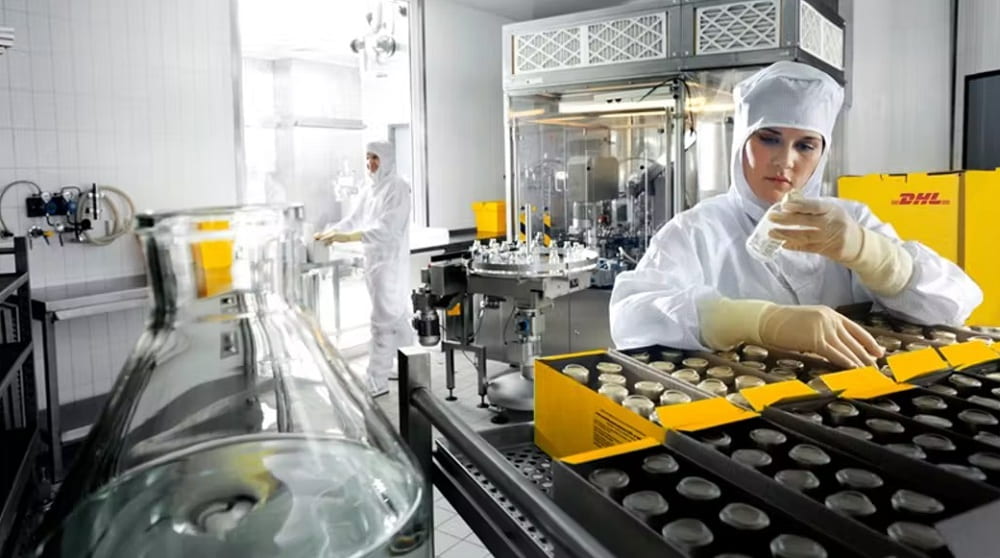DHL Supply Chain, the global and North American contract logistics leader within Deutsche Post DHL Group, announced its Life Sciences and Healthcare (LSHC) sector is investing upwards of $400 million to expand its pharmaceutical and medical device distribution network footprint by 27 percent this year – nearly 3 million additional square feet. With the ultimate goal of bringing critical healthcare products closer to trade partners and patients, DHL Supply Chain’s new investment includes six new U.S. sites by the end of 2022. The investment includes costs to invest in new buildings and technology, as well as the fit-out and start-up of new or expanded operations.
“This latest investment in our Life Sciences and Healthcare sector is testament to our track record and pedigree for delivering unrivalled supply chain expertise to our partners,” said Jim Saponaro, President, Life Sciences & Healthcare, DHL Supply Chain North America. “This substantial expansion will only further deepen the connections between our customers and the patients they serve by providing best-in-class end-to-end supply chain solutions.”
The expansion will grow the list of DHL Supply Chain’s LSHC sites to 34 by the end of 2022, strategically located across the U.S. including; Atlanta, GA, Cincinnati, OH, Memphis, TN, Reno, NV and Lebanon, PA. The new builds will be fully licensed with temperature controlled space that supports pharmaceutical storage requirements. The sites will also allow integrated solutions for both packaging and managed transportation.
DHL Supply Chain boasts myriad services in the life sciences and healthcare sector, including warehousing, secondary packaging, managed transportation, and end-to-end supply chain management services. In fact, LSHC is the fastest growing sector at DHL Supply Chain.
DHL Supply Chain’s LSHC sector aligns with the organization’s Accelerated Digitalization agenda to drive mass deployment of new technology – a key differentiator to other competitors. This strategy enables DHL Supply Chain to continuously increase efficiency and changes the way supply chain operations are run by concentrating on mature technologies like collaborative robotics, autonomous guided vehicles, smart wearables and augmented reality. Automation technology responds to the ongoing labor shortage challenge – not as a replacement – but rather complements our ass



















